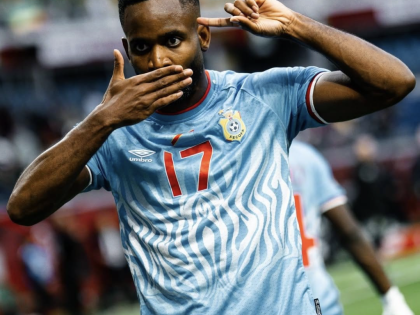The official Canadian view of South Africa
The Canadian High Commission to South Africa, probably meaning well or deliberately unaware of the emptiness of rainbow metaphors, is looking for photographs capturing “the Rainbow Nation”. They’re working with the Johannesburg Bailey Seippel Gallery on this. The photographer’s entries will have to display “multi-cultural, multi-ethnic and multi-racial South Africa”.
Like it’s still the 1990s.
Meanwhile, as a reader reminds us, the Canadian effort is at least an improvement on what you see at the South African High Commission to Canada in Ottawa:
…whereas the South African High Commission to Canada has glass cabinets containing dolls in ethnic costume that look like something from the days of the Tomlinson Commission. Maybe the Canadians can donate them some of the rainbow photos…



















